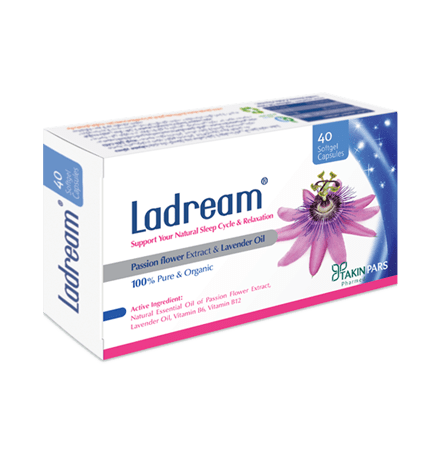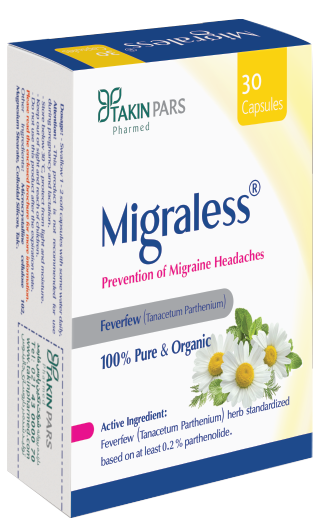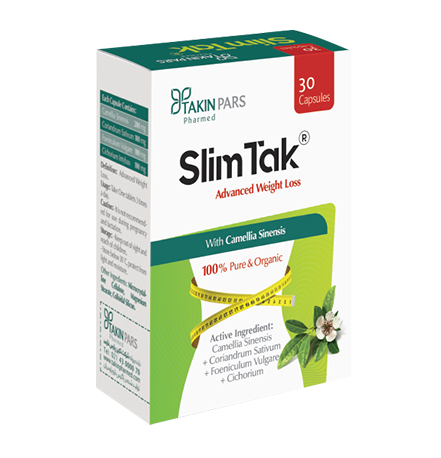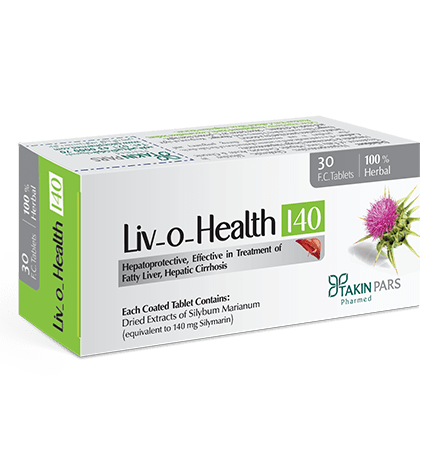Effects of Lavender on Anxiety and Depression
Anxiety disorders are the most prevalent mental disorders around the world and are associated with significant comorbidity and morbidity. Anxiety is a characteristic feature of modern times, and the prevalence of anxiety disorders has increased in response to political, societal, economical, and environmental changes. Anxiety disorders are thought to have a worldwide prevalence of up to 15% in the general population, and are twice as common in women as in men.

The etiology of anxiety disorders includes an interaction of psychosocial factors, for example, childhood adversity, stress, or trauma, and a genetic vulnerability, which manifests in neurobiological and neuropsychological dysfunctions. Anxiety disorders are often comorbid with major depression or substance abuse. Current anxiolytic treatment options have limited efficacy, such as delayed onset (e.g., selective serotonin reuptake inhibitors, serotonin–norepinephrine reuptake inhibitors, and buspirone) as well as the potential for habituation, tolerance, and abuse (e.g., benzodiazepines and pregabalin). In addition, anxiolytic agents may cause side effects, such as impaired concentration, amnesia, depression, delirium, dependency, and, not least, withdrawal syndrome. Therefore, there is a demand for efficacious, safe, and acceptable anxiolytics that are also applicable in subthreshold conditions.
Lavender oil administered by different routes has been recognized for centuries for promoting “well-being” and for reduction of distress. Lavender, a plant from the Lamiaceae family, comes in many species with different chemical characteristics. The lavandula genus has approximately 30 species grown around the world that share similar major chemical constituents and properties. Lavender oil is the essential oil extracted from flowers and stalks of the lavender plant by steam distillation. It is a colorless or pale-yellow liquid with a sweet, floral, herbaceous aroma. Lavender oil is a multi-ingredient mixture that contains more than 160 substances. The major components of lavender oil are linalool, linalyl acetate, 1,8-cineole, b-ocimene, terpinen-4-ol and camphor.
Silexan®, a proprietary essential oil from Lavandula angustifolia flowers, has been approved in Germany and several other countries for the oral treatment of anxiety. Silexan® showed pronounced anxiolytic effects in patients with subthreshold anxiety disorders at a daily oral dose of 80 mg (1 capsule) as well as in anxiety-related restlessness and agitationand generalized anxiety disorder for daily single doses of 80 mg and 160 mg. Moreover, evidence for antidepressant-like properties of Silexan has been observed in anxious patients suffering from comorbid depressive symptoms and in patients with mixed anxiety–depression disorder, which may indicate intrinsic antidepressant-like properties independent of its anxiolytic activity.
The neuroendocrine response to the stressors involves the activation of the hypothalamic–pituitary–adrenocortical axis, resulting in the release of the glucocorticoid hormone cortisol from the adrenal cortex into blood, and the autonomic response is the activation of the sympathetic-adrenergic system, culminating in the release of adrenaline and noradrenaline from adrenal medulla into the blood circulation. Cortisol is produced in the adrenal cortex and is the main glucocorticoid hormone in humans. It is released in response to various psychosocial stimuli, such as anxiety and stress via hypothalamus–pituitary–adrenal axis. Endocrinological stress markers such as cortisol are useful for objectively evaluating psychosocial distress, including stress or anxiety. In addition to self-reporting anxiety measure, physiological parameters including blood pressures, heart rate, or salivary cortisol level are useful for evaluating anxiety objectively.
The existing evidence has suggested anxiolytic and antidepressant properties of lavender based on clinical trials. However, the evidence based on systematic review and meta-analysis has concentrated on anxiolytic effects exclusively. And the reviews have presented the overall anxiolytic effects with substantial heterogeneity, but the potent source of variations in effects, such as study design, sample characteristics, or intervention characteristics, has not yet been identified adequately.
The use of lavender essential oil has become popular in aromatherapy, and its therapeutic efficacy has been assessed in a large number of clinical trials. Aromatherapy with lavender essential oil was found to be effective in decreasing anxiety and its comorbid depression in various settings. Physiological parameters did not demonstrate consistent effects among parameters. Lavender showed significant decrease in systolic blood pressure but did not affect DBP, heart rate, and salivary or serum cortisol significantly.
A recent study demonstrated that lavender is superior to controls, including standard care, placebo, or no treatment in decreasing self-rated anxiety in diverse populations. The overall risk of bias in the primary studies assessed with revised ROB tool displayed that 5 of 37 studies were rated as high risk. But judging from the sensitivity analysis, deleting each high-risk study did not change the mean effect distinctly, implying the effect sizes of high-risk studies might not be overestimated. Consequently, the overall effects demonstrated relatively robust and do not seem to be influenced by the study quality of the included studies.
The massage with lavender oil showed medium to large anxiolytic effect .Thiseffect estimate is similar to other evidence. Therefore, combined with the previous evidence, the massage with lavender oil can be interpreted to have substantial effect of relieving anxiety for populations in anxiety conditions.Based on the results the oral lavender also confirmed a significant anxiolytic effect.
Vital signs and salivary cortisol are recognized as important physiological measures that indirectly indicate anxiety. Results indicated that lavender has a decreasing effect on SBP. The effect size is small, but it can be interpreted as meaningful change because systolic blood pressure may be difficult to change. The risk of bias of included studies on physiological measures was low, as the effects of these outcomes would not be affected by participants’ awareness of intervention. Therefore, study quality might not influence treatment effects. In conclusion, the effect of lavender on blood pressure is small but not weak based on consistent effect sizes, significant effect, and strong study quality.
This study confirmed the results of existing reviews on the effect of inhalation and massage applicating lavender essential oil for a significant decrease in anxiety levels, although the magnitude of the effect varied slightly. The effect of silexan® also confirmed a significant anxiolytic effect of previous evidence.
The effects on physiological parameters, including DBP, heart rate, and salivary or serum cortisol, showed small in effect sizes and no evidence of significant effects. Only systolic blood pressure displayed significant small effect size. The statistical power of the analyses on physiological parameters might be weak because of overly small samples, and the magnitude of effects was small. Therefore, more and larger randomized trials testing the effect of lavender aromatherapy for anxiety measured with physiological measures including vital signs or cortisol are recommended.
Analysis on the effect of the application of lavender for the treatment of depression demonstrated a beneficial effect on decreasing depression. The effect size on depression cannot be compared with the literature because published data on this topic could hardly be located. This review included any type of participant, method of intervention, or outcome measure in primary studies investigating the efficacy of lavender aromatherapy. It is recommended that future surveys be available for populations with specific health conditions and pathways for lavender use.
Link: https://doi.org/10.1016/j.anr.2021.11.001



